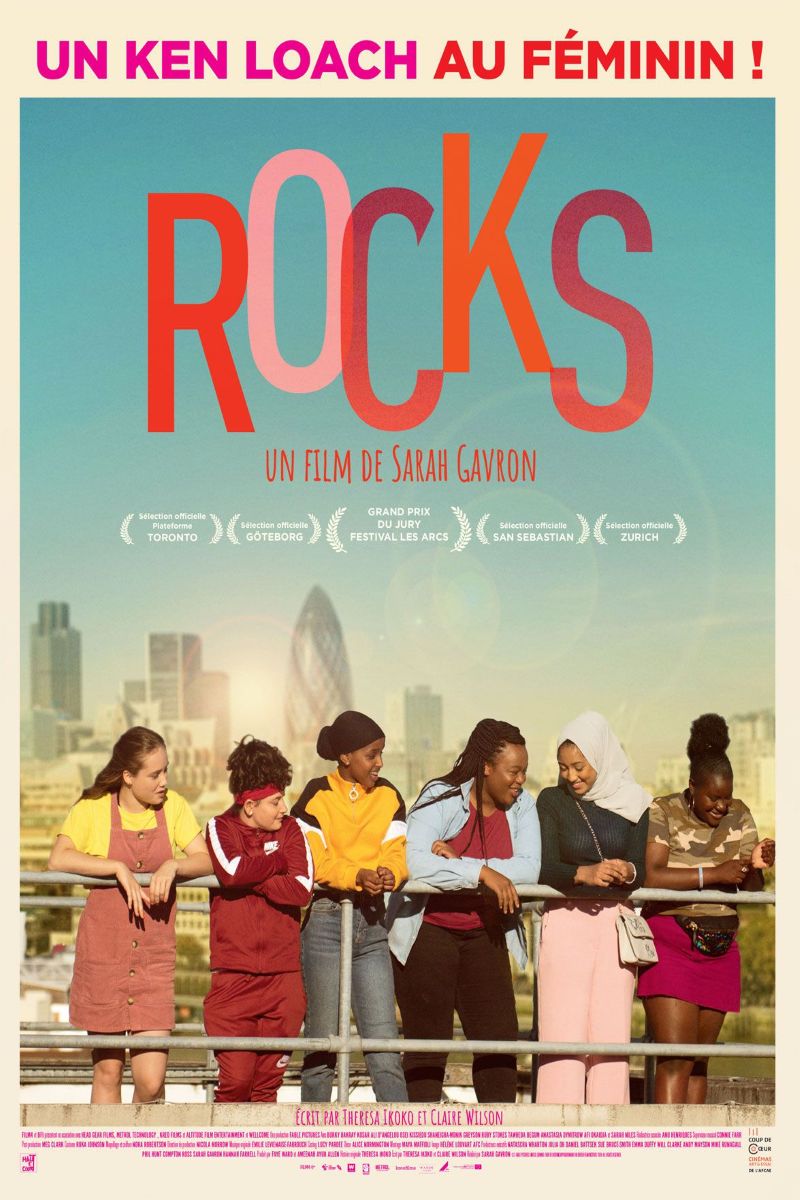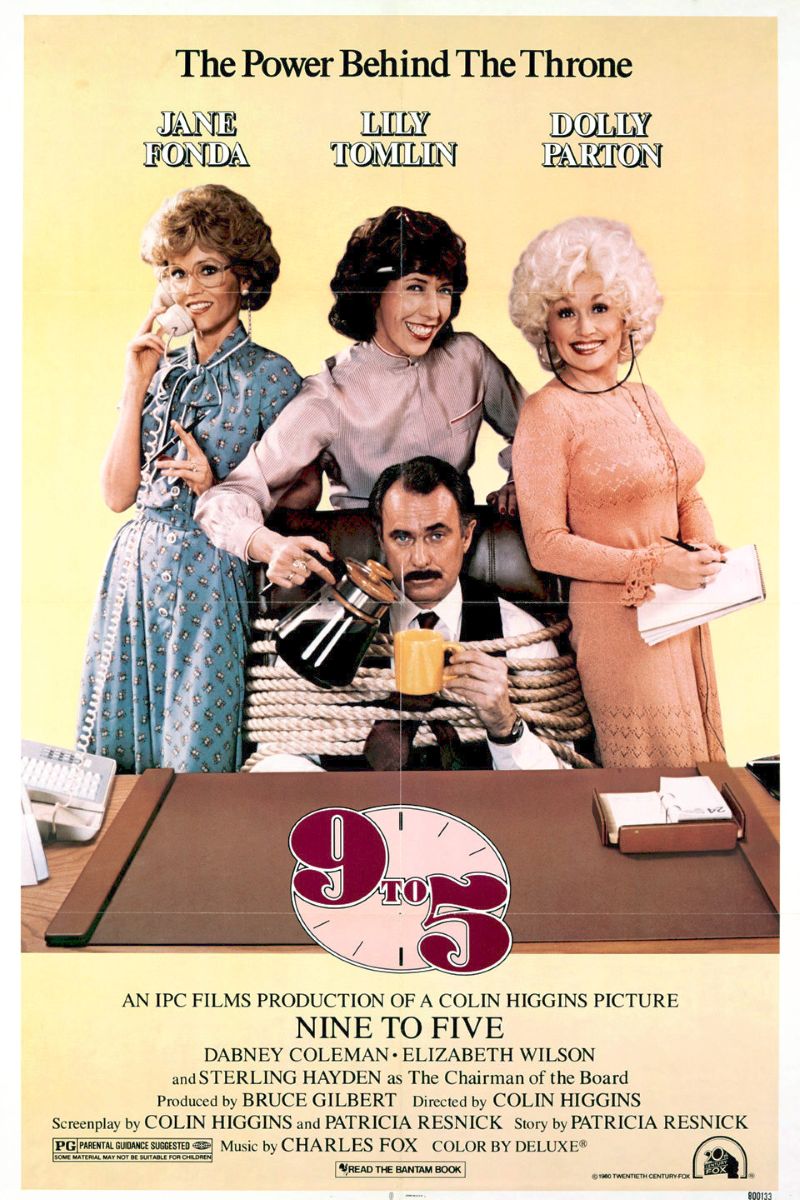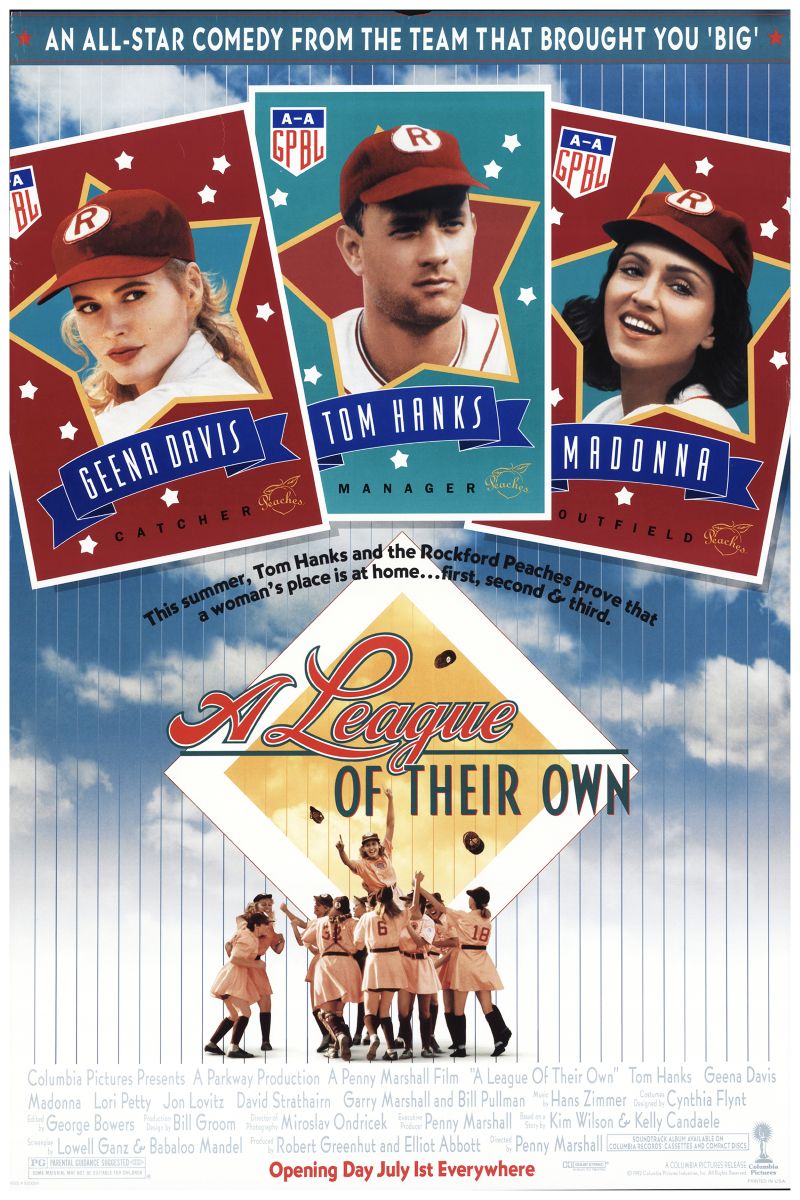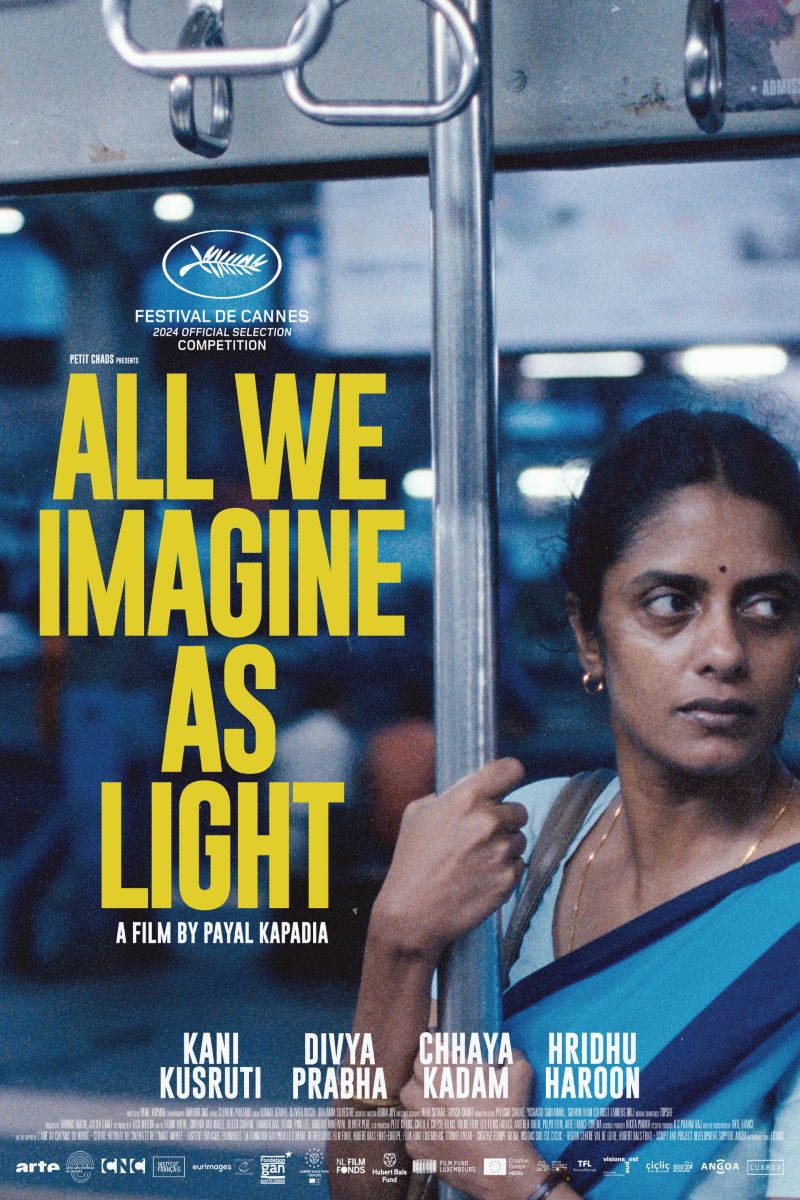
Rocks
Rocks
The story of East London Black teenage girl Olushola (nicknamed 'Rocks') who must survive independently with her brother Emmanuel after their mother suddenly leaves home, evading social services. This coming-of-age drama showcases deep friendships between girls, urban youth resilience, and the vital role of female mutual aid networks in times of crisis through delicate perspective.
主演
🎥 影评与解读
Rocks stands as another feminist masterpiece from director Sarah Gavron following Suffragette, a deeply realistic coming-of-age film that demonstrates the power of female friendship, youth resilience, and the importance of female mutual aid networks under systemic oppression through the story of East London Black teenage girl “Rocks” (Bukky Bakray). Using a unique collaborative creative method that involved young actors in story development, the film presents an authentic, vibrant, and powerful story of girlhood coming-of-age.
From a female friendship perspective, the film’s most moving aspect lies in the deep emotional bonds between Rocks and her friends. The relationship between Rocks and her best friend Sumaya (Kosar Ali) is built on years of inside jokes and mutual protection. When Rocks faces the crisis of her mother’s departure, it is this network of girl friendships that provides her with emotional support and practical help. The film demonstrates the complexity of female friendship—both unconditional support and conflicts arising from secrets and pride.
The film’s exploration of youth rights carries deep political significance. Rocks, as a 15-year-old girl, must take responsibility for caring for her brother in the absence of adults while evading social services intervention. The film critiques the bureaucracy and lack of humanity in social service systems, revealing adolescents’ vulnerability when facing institutional pressures from the adult world. Rocks’ struggle exposes how society ignores the subjectivity and agency of young people.
From an intersectional race and gender perspective, Rocks faces multiple forms of marginalization as a Black teenage girl. She must cope not only with gender-imposed limitations but also racial prejudice and class difficulties. The film showcases the authentic face of London’s multicultural communities, where young women of color must find survival strategies within limited resources and opportunities. Their friendships transcend racial and cultural differences, forming an alliance against common oppression.
The film’s presentation of intersectional feminism manifests in its detailed portrayal of girls from different backgrounds. Rocks’ friend circle includes girls from diverse racial, religious, and cultural backgrounds—Muslim girl Sumaya, newcomer Roshe (Shaneigha-Monik Greyson), and others. Each brings their own cultural identity and personal challenges, yet finds common ground in friendship. This diversity challenges single narratives about girls’ experiences.
From a family liberation perspective, Rocks’ story questions assumptions about traditional family structure stability. The mother’s departure is not because she doesn’t love her children but due to her own mental health crisis. The film avoids simply condemning this mother, instead showing the predicament of adult women under the intersection of poverty, single parenting, and mental health issues. Rocks is forced to mature prematurely, taking on the role of “little adult,” reflecting the reality of many children in impoverished families.
The film’s creative method itself carries feminist significance. With 75% of the crew consisting of women, director Sarah Gavron and writers Theresa Ikoko and Claire Wilson employed collaborative creative methods, involving young actors in story development. This “bottom-up” creative approach challenges traditional filmmaking hierarchies, allowing girls to tell their own stories in their own voices.
From a social movements perspective, the film demonstrates the importance of grassroots community networks. When formal social support systems fail, it is informal networks within the community—friends, neighbors, teachers—that provide support for Rocks. This portrayal emphasizes the importance of community solidarity and collective action when facing systemic injustice.
The theme of economic empowerment runs throughout the film. Poverty is not just background but a key factor driving plot development. The mother’s departure partially stems from economic pressure, and Rocks and her brother’s survival crisis directly relates to money. The film shows how poverty limits choices and exacerbates crises while also demonstrating young people’s creative survival strategies under resource scarcity.
From a cultural identity perspective, the film showcases contemporary London’s multicultural reality. The girls speak London slang mixed with various cultural elements at school, their identity formation being fluid and hybrid. This cultural hybridity is not a problem but a source of strength. The film celebrates this diversity, showing how different cultural backgrounds create new forms of identity in urban environments.
The film’s portrayal of the school environment is also noteworthy. School serves both as a place where Rocks maintains the illusion of normal life and where she receives support. Teachers’ responses vary—some offer help while others threaten to report to social services. This complexity reflects challenges faced by educational systems when dealing with student crises.
From a performance perspective, using non-professional actors enhances the film’s authenticity. Bukky Bakray’s natural performance captures the complex emotions of a teenage girl under extreme pressure—the intersection of strength and vulnerability, pride and fear. Her becoming the youngest winner of the BAFTA Rising Star Award itself represents recognition of young women’s talent.
The film’s visual style employs handheld cameras and natural lighting, creating documentary-like authenticity. This aesthetic choice reinforces the story’s urgency and realism, making audiences feel like they’re witnessing real life rather than watching fiction.
From psychological resilience perspectives, Rocks demonstrates remarkable survival ability and adaptability. She maintains care for her brother, loyalty to friends, and hope for the future under enormous pressure. This resilience is not innate but forged through adversity. The film shows the cost of resilience—Rocks must suppress her own needs and emotions to maintain surface strength.
The film’s use of urban space also carries symbolic meaning. London’s streets, parks, and friends’ homes become temporary refuges for Rocks and her brother. The city is both dangerous (social workers might appear at any time) and full of possibilities (there’s always somewhere to hide). This nomadic use of urban space reflects survival strategies of marginalized groups.
From intergenerational relationship perspectives, the relationship between Rocks and her brother Emmanuel forms the film’s emotional core. She must switch between sister and temporary guardian roles, and this role ambiguity brings enormous psychological pressure. Her protection of her brother stems both from love and fear of family separation.
The film’s ending avoids Hollywood-style perfect resolution. Though Rocks eventually reconciles with friends, her future remains full of uncertainty. This open ending is more realistic, acknowledging that many problems in real life lack simple solutions.
From social critique perspectives, the film exposes flaws in Britain’s social security system. Social services are portrayed as bureaucratic, lacking empathy institutions more concerned with procedures than children’s actual needs. This critique calls for fundamental reform of child protection systems.
Ultimately, Rocks’ value lies in providing a powerful screen image for marginalized young women. Through showcasing the stories of Rocks and her friends, the film proves young women’s resilience, creativity, and solidarity. In a world that often ignores or misunderstands teenage girls’ experiences, this authentic, complex, and powerful presentation carries important cultural and political significance. The film reminds us that even in the most difficult environments, friendship and support networks among women can still become sources of survival and hope.
🏆 获奖与荣誉
- • 英国电影学院奖 Rising Star Award (Bukky Bakray)
- • 英国电影学院奖 最佳女主角 提名
- • 英国电影学院奖 Outstanding British Film 提名
- • London Critics Circle Award British Film of the Year
⭐ 评分与链接
相关推荐
评论与讨论
与其他观众一起讨论这个视频
加入讨论
与其他观众一起讨论这个视频
评论加载中...



